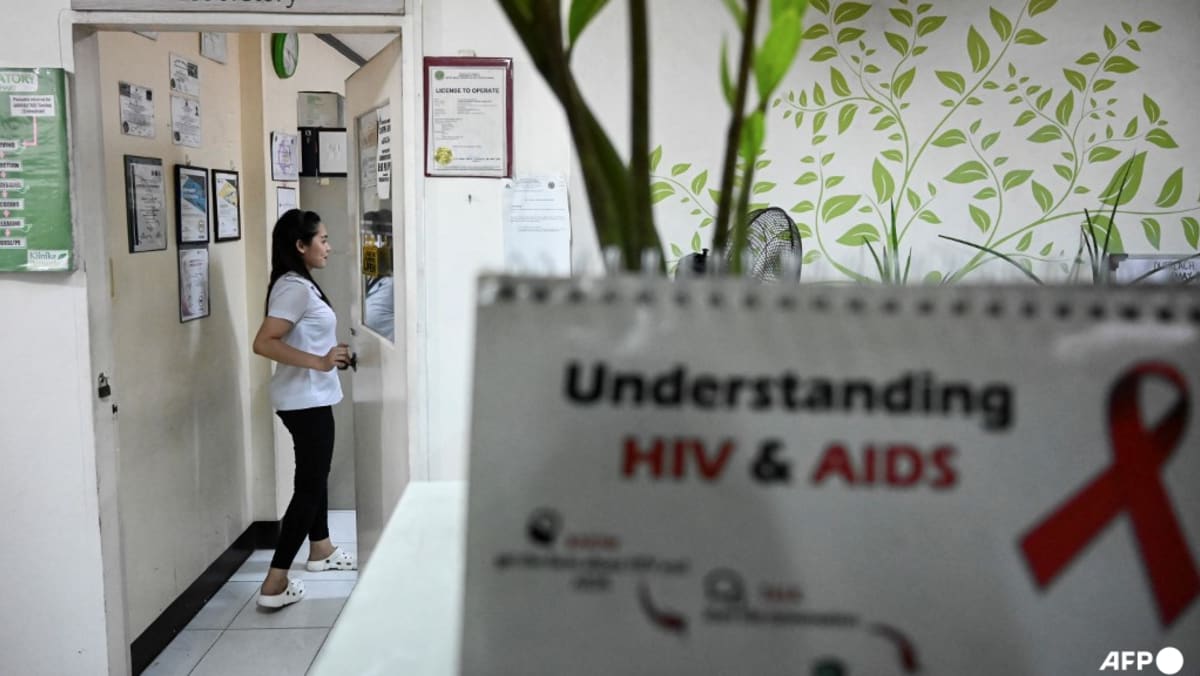The Hidden Dangers of TikTok's 'Get Ready with Me' Trend Among Teens

When teenagers on TikTok invite their followers to join them in a 'Get Ready with Me' video, it appears to be a harmless, engaging way to share beauty routines. However, a new study conducted by scientists at Northwestern Medicine reveals that this popular trend could potentially pose significant risks to their skin health.
The study, which is the first peer-reviewed research to delve into the effects of teen skin-care routines showcased on social media, uncovered alarming findings regarding the products used by girls aged 7 to 18. On average, these girls utilize approximately six different skin-care products daily, with some even applying over a dozen. The majority of these products are marketed heavily towards younger consumers, and they often carry a heightened risk of causing skin irritation and allergic reactions.
The results of this research will be published in the esteemed journal Pediatrics on June 9. The financial implications of these regimens are staggering as well; the typical daily skin-care routine costs around $168, with some reaching prices exceeding $500. This cost is often dependent on product sizes and usage, which typically lasts for about a month.
As summer approaches, the authors of the study issued a significant warning: only 26% of daytime skin-care routines included sunscreen. Sunscreen is universally recognized as a vital protective measure for the skin, especially for children who are particularly vulnerable to sun damage.
The research highlighted that the most-viewed TikTok videos featured an average of 11 active ingredients known to cause skin irritation. This raises concerns for content creators themselves, who are at risk of developing adverse skin reactions, heightened sun sensitivity, and a serious allergy known as allergic contact dermatitis. Prior research has demonstrated that once developed, such allergies can severely limit the types of soaps, shampoos, and cosmetics individuals can safely use for the rest of their lives.
Dr. Molly Hales, a postdoctoral research fellow and board-certified dermatologist at Northwestern University Feinberg School of Medicine, and the corresponding author of the study, explained, 'The high risk of irritation stemmed from both the simultaneous use of multiple active ingredients, like hydroxy acids, and the repeated application of the same active ingredient found in various products.' This was evident in one of the videos analyzed, where a content creator applied ten different products to her skin in just six minutes.
As this creator applied the products, she began to display signs of discomfort, including a burning sensation, and ultimately developed a visible skin reaction. Dr. Tara Lagu, the senior author of the study and an adjunct lecturer at Feinberg, noted the implications of such content, stating, 'We observed that there was encoded racial language in some cases that emphasized the desire for lighter, brighter skin.' This commentary highlights not only the trends within beauty standards but also the consumerist mentality that often accompanies these routines.
The researchers concluded that these TikTok videos provide minimal benefits for the young audience they are meant to engage. Compounding the issue is the challenge of monitoring what children and adolescents are exposed to online via TikTok's algorithm, making it nearly impossible for parents or healthcare providers to track their viewing habits. Beyond the risk of skin damage, Dr. Hales emphasized deeper societal issues, saying, 'It’s troubling to see young girls dedicating this much time and energy to their skin. We are establishing an unreasonably high standard for these girls. The pursuit of health has morphed into a societal virtue, yet the definition of 'health' is often intertwined with ideals of beauty, thinness, and whiteness.'
The study's methodology involved two researchers creating new TikTok accounts that portrayed them as 13 years old. Using the platform's 'For You' tab, they compiled a list of 100 unique videos relevant to skin care. They meticulously documented the demographics of the content creators, the number and types of products used, and the total cost of these regimens. To analyze the potential risks, they also referred to the Pediatric Baseline Series used in patch testing to identify ingredients associated with allergic contact dermatitis.
This critical research received funding from the National Institute of Arthritis and Musculoskeletal and Skin Diseases, part of the National Institutes of Health. Additional contributors from Northwestern include Drs. Amy Paller and Walter Liszewski, along with medical student Sarah Rigali.


























